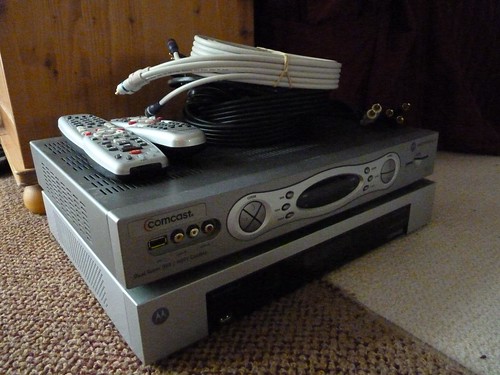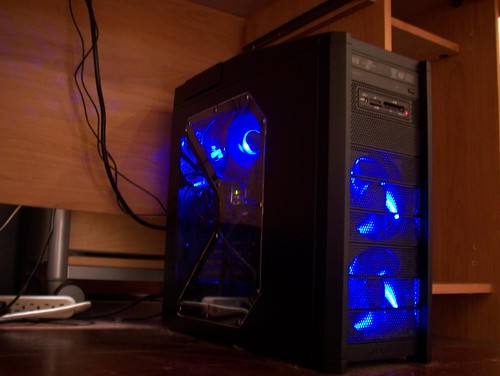End of an Era
Posted in Campfire Stories on February 15th, 2010In the 1970′s I remember the first cable box sitting on top of our TV in San Francisco and I’ve basically had cable almost everywhere I’ve lived since then — call it 35 years of cable TV. Almost four years ago I asked Do we watch TV anymore? Analyzing our TV viewing at that time I found that of the 100 channels we only really watched four (4) channels and occasionally watched another nine for a whopping 13 channels needed.
We have (had) over 500 channels on our current service and over 100 HD channels and you know what: we never watch anything beyond 30 minutes of local news each morning. We’re paying over $170 a month and there’s nothing we bother watching.
We have a 46″ screen in the living-room that has never seen a cable connection. Kids are way ahead of old folks like me. Hulu, Boxee, YouTube, Blu Ray, DVD: these are how we watch things now. When I asked our son if it was ok to get rid of cable TV he actually asked “what’s that?”
That killed my last doubt: it’s a waste of money, we’re pulling it all out.
The money saved in 10 months by getting rid of cable TV will buy two really nice media PCs so we’re keeping our cable-provider based internet connectivity. We’ve had 24/7 high-speed Internet in our house since 1995.
The land-line phone is probably next. Six months of saved phone bills will pay for a nice signal amplifier so our mobile phones will work great indoors.
Can you hear me now?
Update 2/21/2010 — I’m weak. I ended up cutting down to $16.95 “basic cable.”


